Basecamp is a software that deals with the project assembly life cycle. Each project is built on a life cycle module that allows for compiling, building, and the output of a project as one documented piece of information. The software aims to deal with project life cycle as a whole in terms of the building of the project. The program aims to generally improve the presentation of projects in terms of chronological order and the organization of information to clearly bring out the purpose of a project and its documentation. The software is structured to handle a number of tasks including an interaction between the clients and the project management team. A messaging board where both parties exchange ideas. A to-do list that assists in the achievement of set goals and milestones. A group chat platform to allow exchange and flow of ideas to more than one person. A schedule to adequately allow for time management and proper planning. Automatic check-ins to observe the progress on a project. Documents and files that are easily accessible to the client and project manager (Kliem, 2019). The purpose of this structured approach is to ensure that information pertaining project management is centralized in one place. This helps as everything is easy to understand and one can moderately know how to arrange information in a modernized way. An orderly organized project helps that information and fragments of details about the project are not lost or misplaced.

Appearance and Target Audience
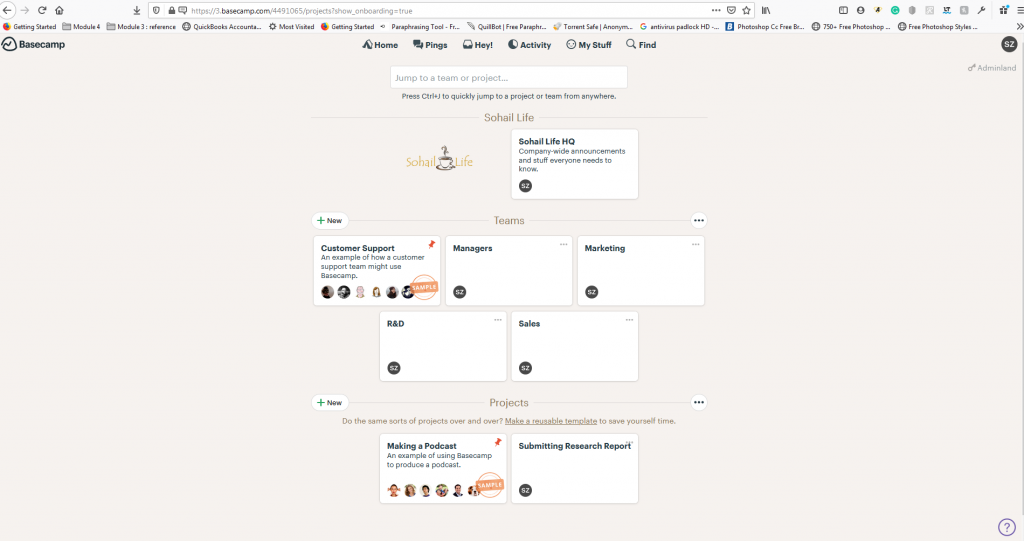
Basecamp program is a unique piece of software. It is designed to appeal to a pool of targets. The targeted audience for the basecamp program is persons who desire to use the project management tool offered by the basecamp team. This ranges from persons who want to build projects, those who are having a project done on their behalf and a team of developers who want to consolidate their ideas and work on a similar project (Kliem, 2019).
This is quite advantageous as the program is all-round inclusive and promotes user interaction not only with content but also interact with other users and share information.
Basecamp software has a unique appearance that entails: to-do list, message boards, schedules, documents and file storage, real-time chatting platform, check-in questions, client access, hill charts, direct messaging, email forwards, reports, notification status, and a search engine. To-do list helps assign instructions to one or more people. Addition of notes and additional file attachments. Direct comments on task and written list and tracking of progress chart. The messaging board allows for one to communicate and pass information. This allows for a user to customize their own message (Kliem, 2019). Addition of images and documents into their messages. Comment and share their opinion on various topics. Schedules display the date and timing of events and also notify people on when to carry out tasks.
Documentation and file storage allow for upload of files and linking of supportive documents that assist in the project build-up. The real-time group chat provides for exchange of questions and answers and still achieving the desired output. This also allows for mentions, sending of samples in form of images and even videos. Check-in questions allows one to interact with a team of specific persons and the timeline under which a response is expected back (Kliem, 2019). Client access platform allows organizes information into one place hence allowing the client to access the logs of everything on record. Hill chart help to solve the question on project timeline, observation of progress over time and the chronological growth curve of the project. Responding to updates and including comments into the project.
Direct messaging allows for private conversations, conducting searches on previous conversations, attachment of files and documents. Email forwards allow important emails and instructions to be shared so as to include vital information into the project life cycle. Reports that document what has been done and what needs to be done. Shows all tasks allocated, those yet to be accomplished and the necessary information to be included (Brewer, 2019). Notification and searches allow one to occasionally get notified and conduct searches on specific areas of information shared within the program interface.
Functionality
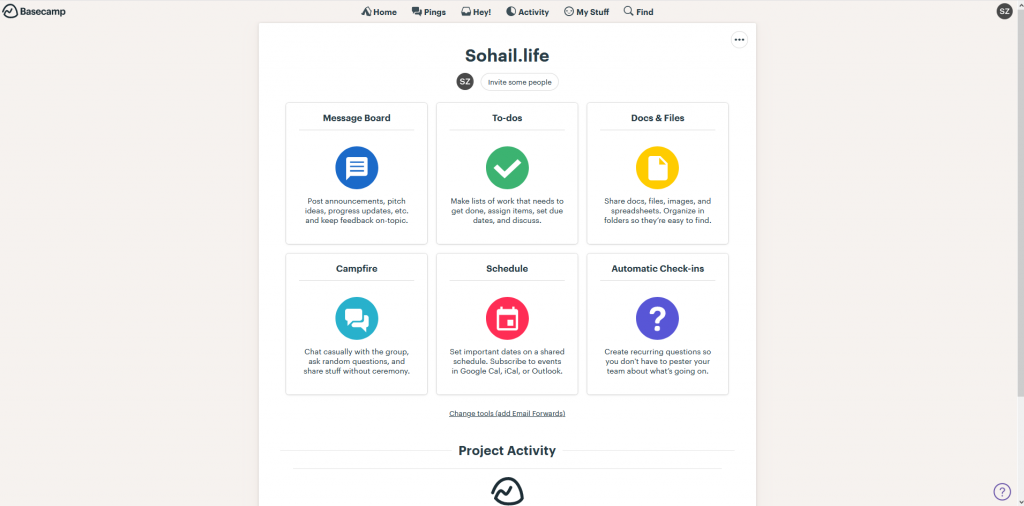
The basecamp software gives the user the ability to customize projects by allowing the user to pick the tools they require for the project. It allows one to add videos, links, and additional information in form of documents and files. It will enable for assigning of time scheduled objectives and milestones. The software allows storage and access to data and resources from one place. The software allows one to bookmark messages for references in future activity (Brewer, 2019). The program allows for sharing of links to those who are yet to explore Basecamp. The software allows one to receive notifications, search engine results, approval of agendas that are to be included in projects.
The basecamp software is quite efficient, although it does not allow one to access activity logs or instead access logs and information from other similar projects. This makes it tough for users to successfully interact with other related users and share information about similar projects. The activity logs are protected so as to ensure the privacy and data security of each user although access to activity logs would go ahead in making the software effective.
Assessment
The software is beneficial, efficient and user-friendly in its usage and goes a long way to ensure that users interact with the program appropriately. In terms of usability, Basecamp software has successfully managed to achieve its desired ambition and performance target. The software is user-friendly and prioritizes the user needs to ensure ease in communication, collaboration and information sharing which is relatively advantageous to its users and project management at large (Willar, 2018). The software module is coherently efficient and applicable to the project management life cycle. It gives room for projects to be carefully organized, communication on the projects essential information well documented and collaboration of projects enabled. The relevance of this module is to depict the importance of having information in chronological order and its importance in project management and the impact of IT implementation on making work easier. The program allows for inclusivity which most software’s overlook in relation to user-based needs (Willar, 2018). It incorporates many features to ensure that communication is made easy.
Conclusion
Basecamp has been a resourceful platform in terms of project management. Its user-based interaction is unique and has a moderate way in which it promotes inclusivity, communication, collaboration and generally the enrichment in which projects are built and managed. Information is easy to access and to pass along hence making the software an effective tool in terms of research, collaboration with other users and interaction within the platform to build a suitable project.
References
Brewer, J. L., & Dittman, K. C. (2018). Methods of IT project management. Purdue University Press.
Kliem, R. L., & Ludin, I. S. (2019). Reducing project risk. Routledge.MZ Hauschild, Rk Rosenbaum, S Olsen – Theory and, 2018 – springer
Willar, D., VY, W. E., DG, P. D., Mait, R. E., & Rangan, J. J. (2018, October). Quality Management of Infrastructure Project Life-Cycle. In 2018 International Conference on Applied Science and Technology (iCAST) (pp. 231-236). IEEE.











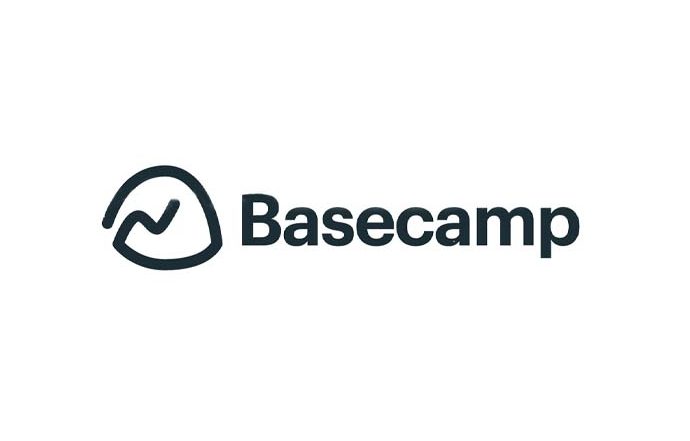
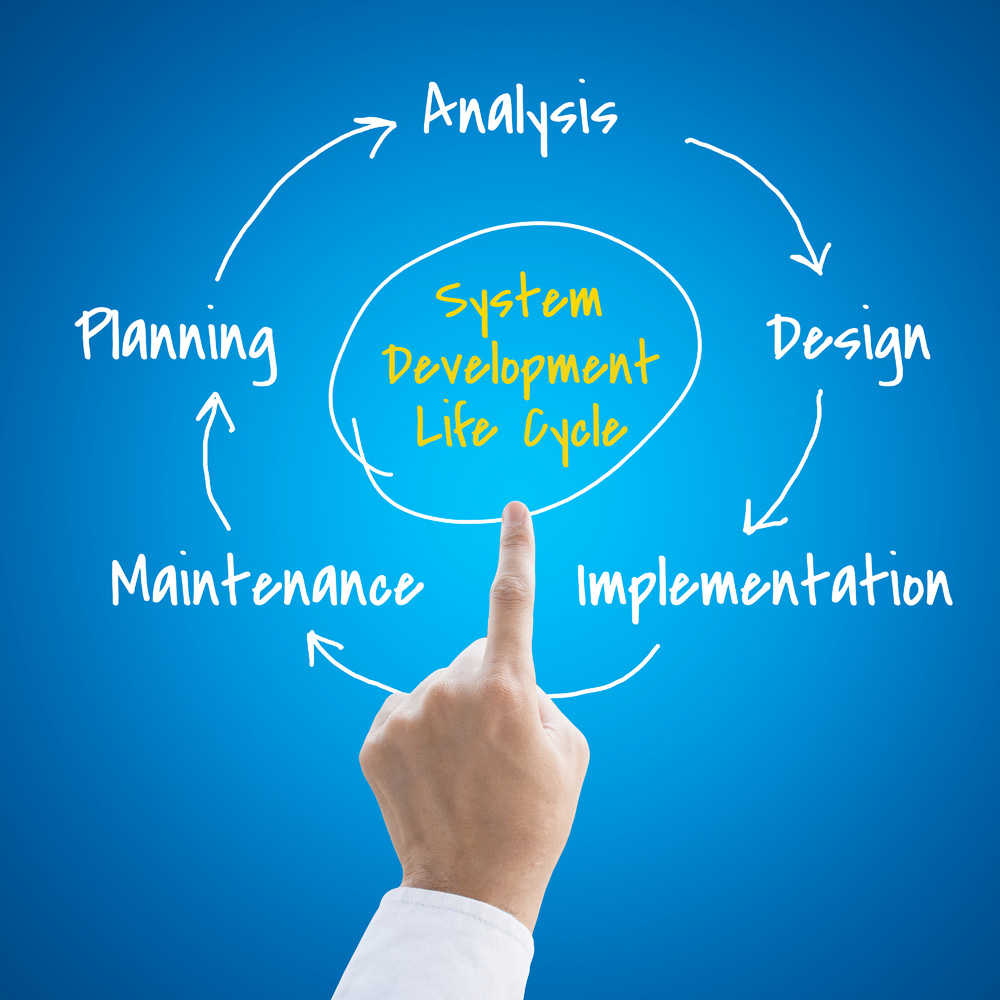

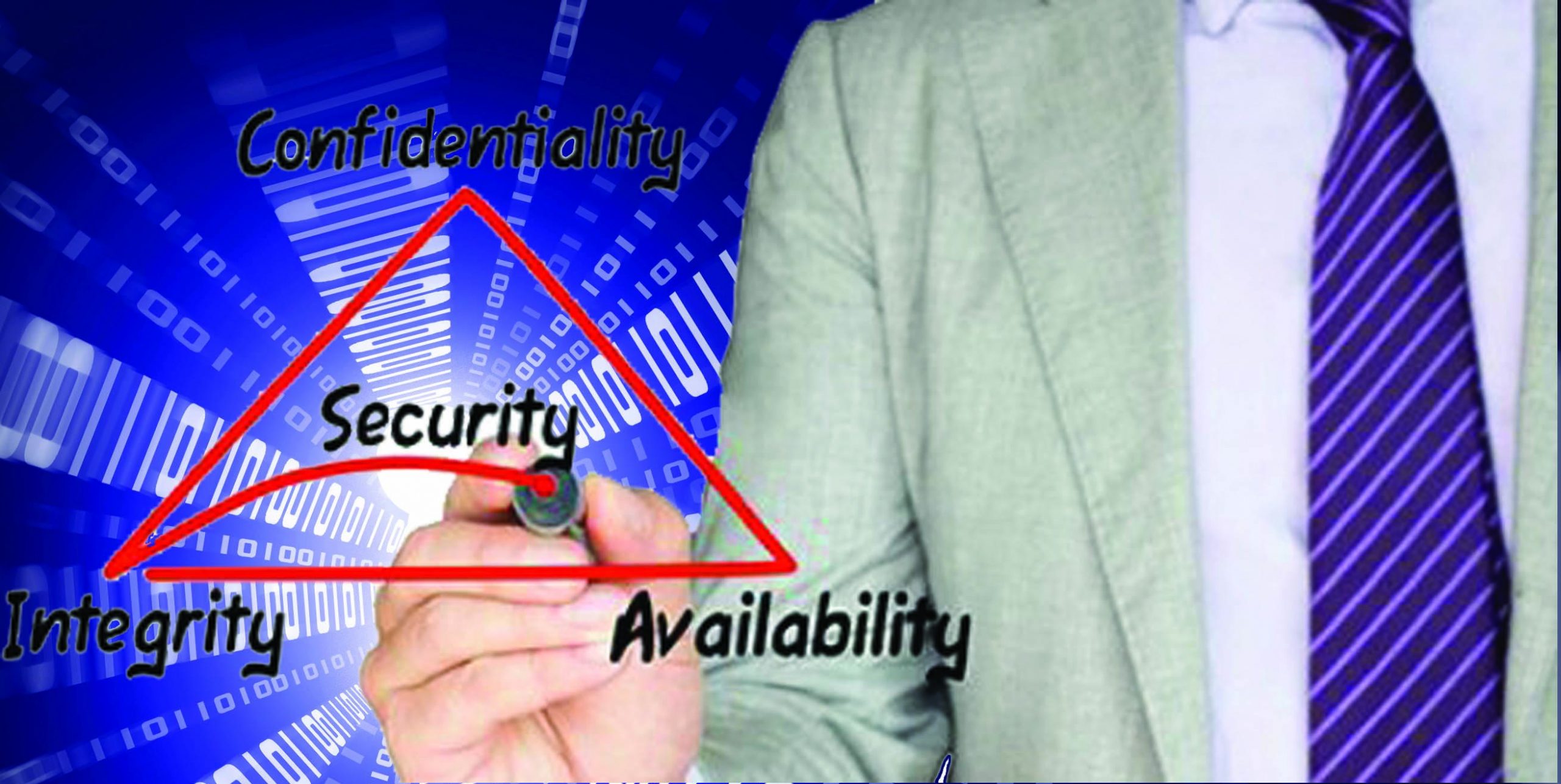

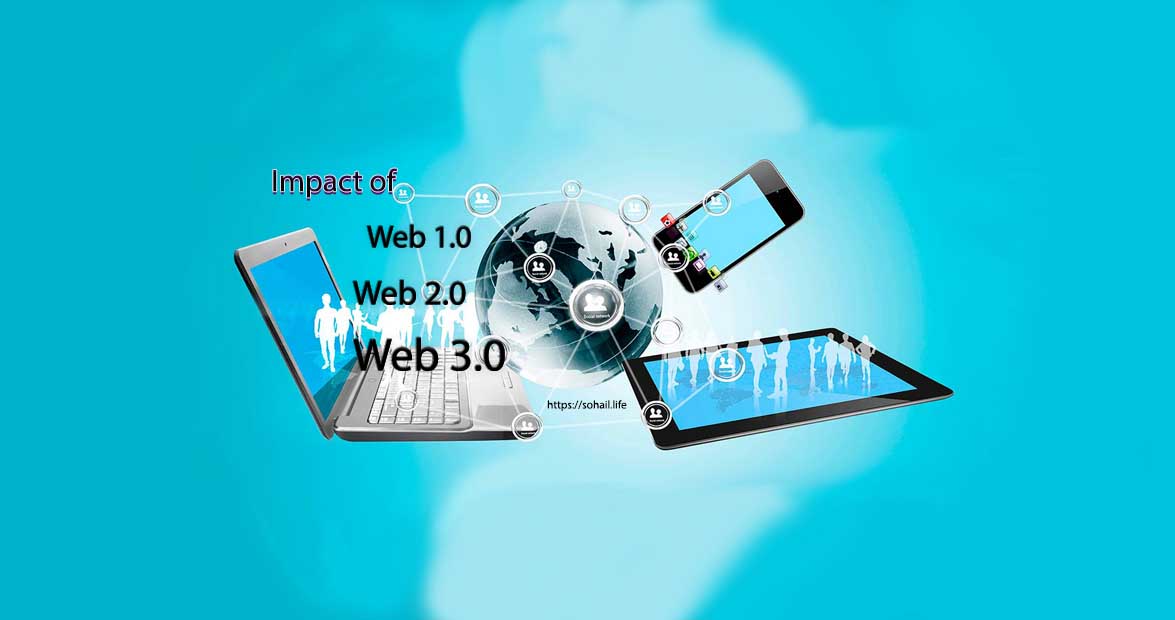
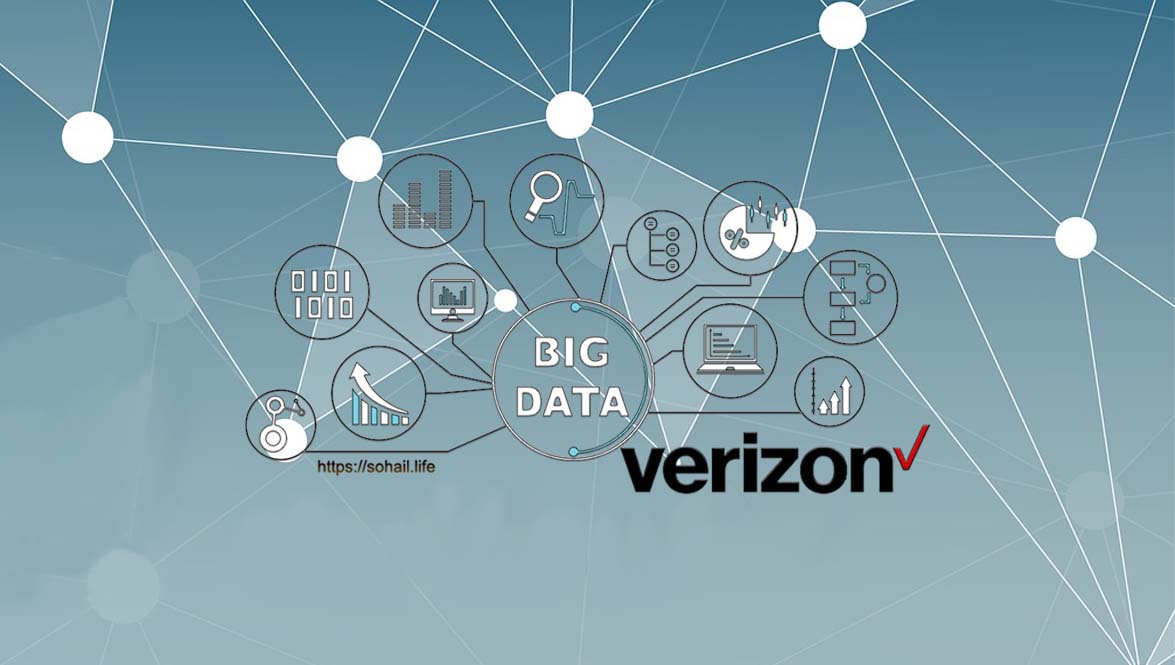
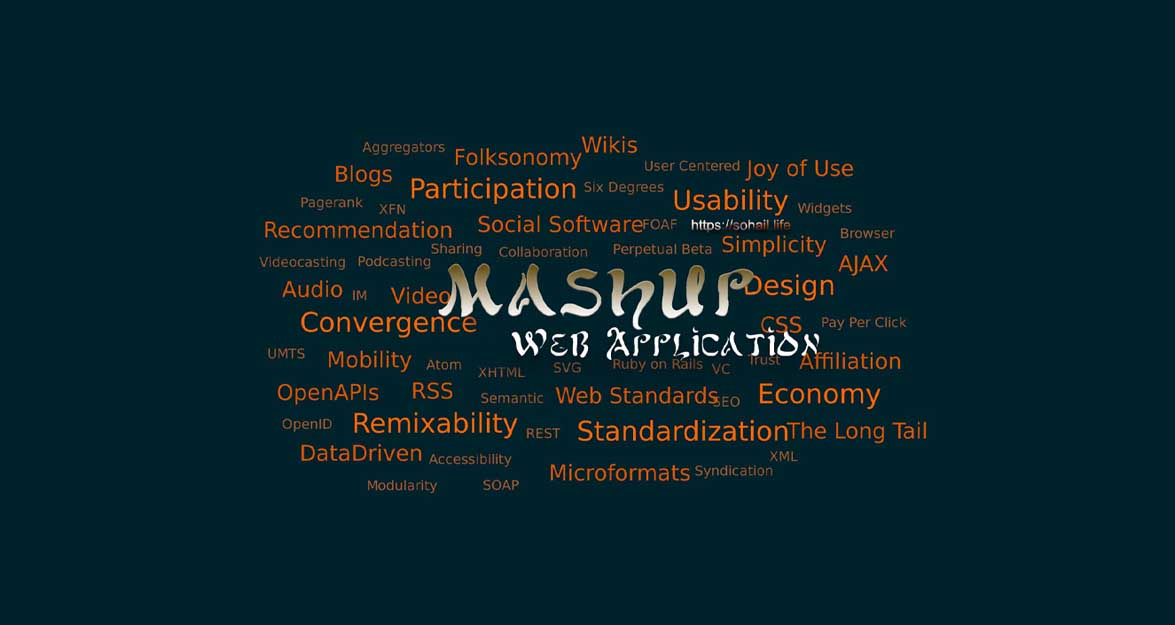






Comments 9